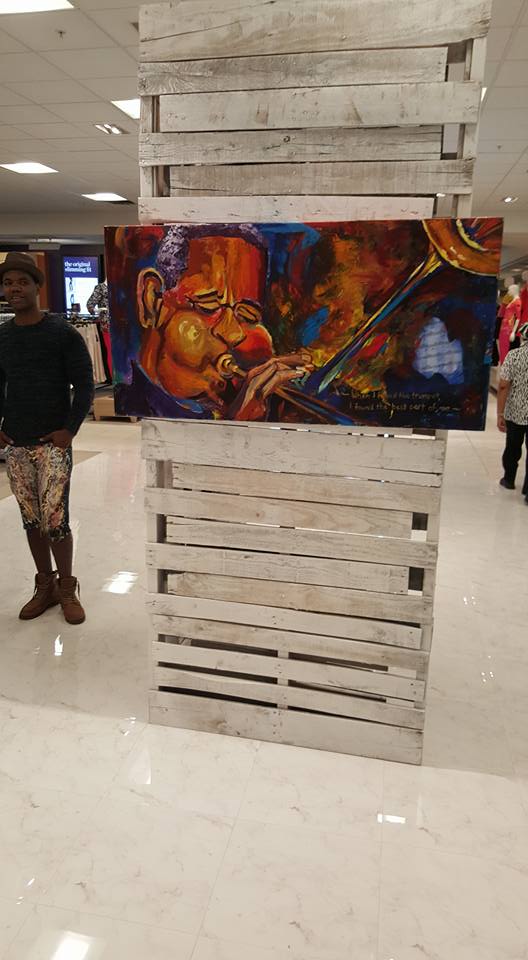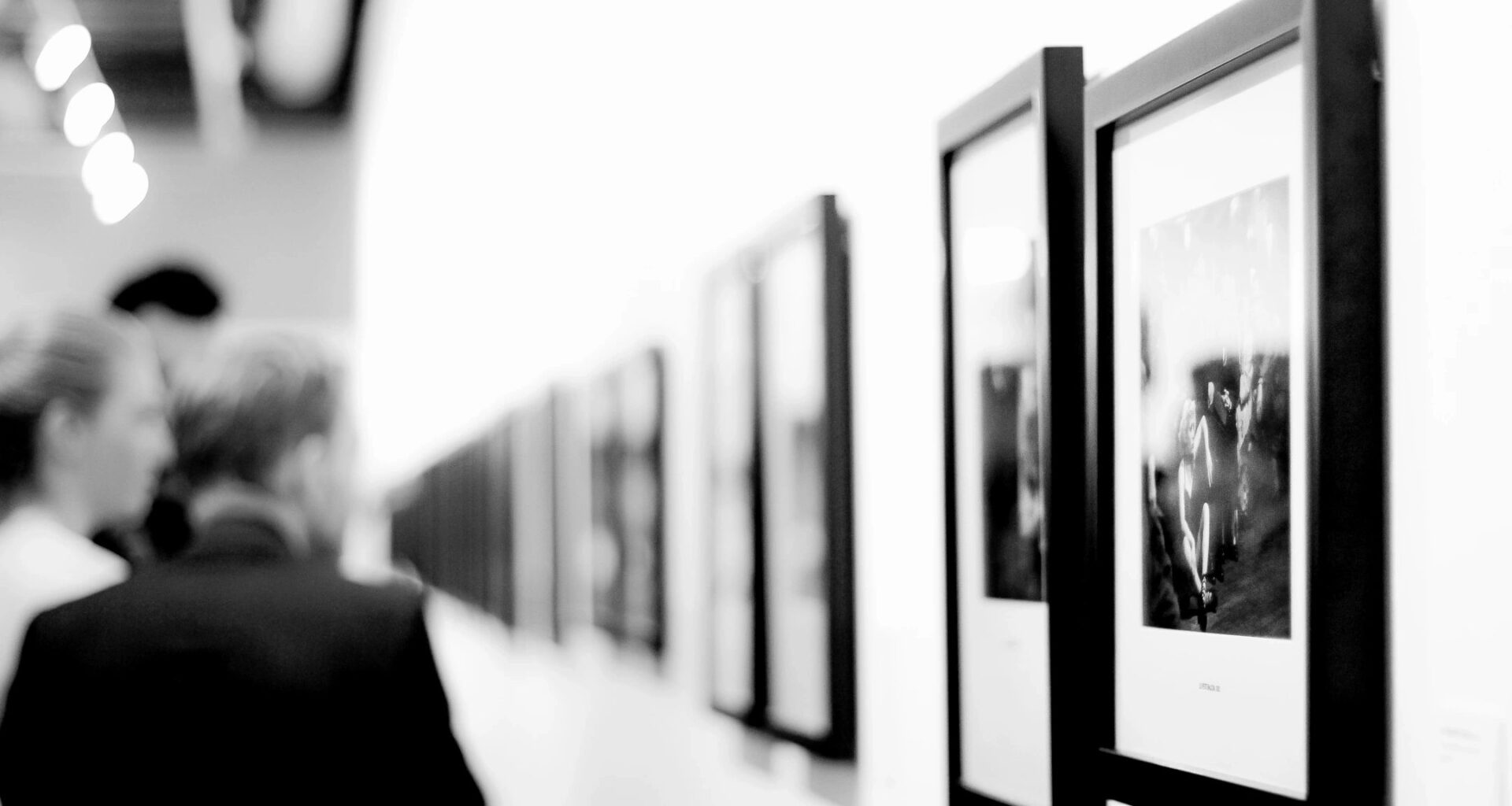| The critically acclaimed exhibition Between Worlds: The Art of Bill Traylor will remain open to the public through Sunday, April 7, 2019, allowing visitors an additional three weeks to experience this major retrospective. The exhibition brings together 155 drawings and paintings from 51 public institutions and private collections to provide the most encompassing , in-depth study of the artist to date. In a tremendous show of support, all lenders agreed to the extension. Organized by Leslie Umberger, curator of folk and self-taught art at the Smithsonian American Art Museum, the exhibition presents a comprehensive picture of Traylor’s stylistic development and artistic themes, explored in the context of the profoundly different worlds Traylor’s life bridged: rural and urban, black and white, old and new. The museum is the sole venue for this exhibition, which was long awaited by enthusiasts, scholars, and collectors. Between Worlds was called “a stunning retrospective” by The New Yorker, and was listed among the top 10 exhibitions of 2018 by critics at The New York Times and The Washington Post. More than 575,000 visitors have come through the museum’s doors since the exhibition opened September 28, 2018. The museum estimates that 150,000 visitors were not able to see the exhibition when the Smithsonian museums were closed from January 2 through January 28, 2019, due to the partial government shutdown. The exhibition galleries were dark during this period, an important detail that allowed the fragile works on paper to remain on view for an additional few weeks |









